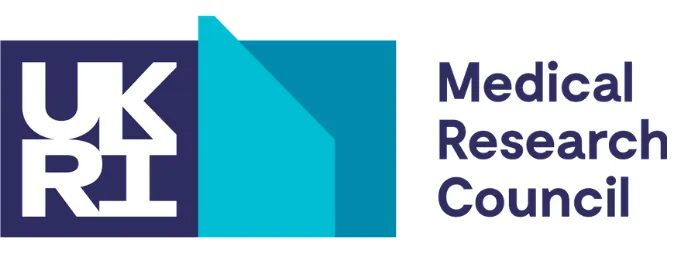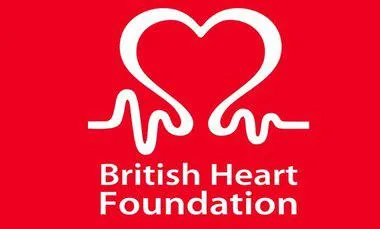The Muscle Growth and Repair Group is led by Professor Simon M Hughes.
The main aim of the Hughes group is to increase fundamental understanding of tissue assembly using striated muscle as a model system. We believe that a clear understanding of tissue formation in simple model systems may reveal general principles governing tissue growth and form throughout the animal world. The Muscle Growth and Repair Group investigates the cell biology of muscle tissue development in vivo and the patterning, growth and repair of skeletal and cardiac muscle using the latest molecular genetic techniques.
Overall, we are motivated to make fundamental scientific advances that have real-world applications in population health, medicine, sport, agriculture and aquaculture.
Current PhD students:




